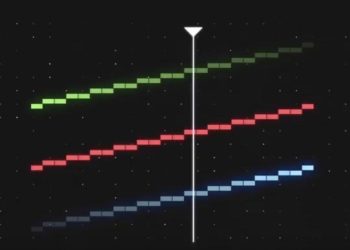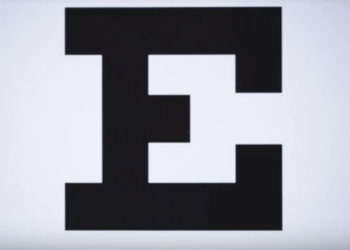While I always love a good optical illusion, this one kind of blew my mind. The instructions are to look around the waiting room of a science laboratory, and to spot any items that are “out of place.” I don’t want to spoil this for you, so here’s the video, and my comments are below after you’ve watched it.
Spoilers below:
If, like me, you were a bit stunned by the amount of change that happened over time, you’re not alone, as the Neural Correlate Society named this their Illusion of the Year. It takes advantage of a phenomenon called “graduate change blindness”, or basically that people don’t notice change as long as it happens gradually. For me, I was looking all over the room for things that seemed out of place, rather than lingering on any one area, and there’s probably a lesson in there during these chaotic times about focus and staying on task, rather than scattering one’s attention over lots of different things.
Discussion
4 Thoughts on "Missing the Obvious"
It’s also because the changes faded in (new attributes) and faded out (what was there before). At any one point in that “fade” cycle the change was almost imperceptible – it blended with the background. Very cool. If all of a sudden the wine was books or the tree had lights etc – I bet more people would have seen it!
Agree, it’s very cool. Although to nit-pick, the instructions made me think that I was supposed to look for something that didn’t belong in the waiting room of a science lab. Which I found a bit perplexing, as I haven’t spent a lot of time in the waiting rooms of science labs. (In fact, I wasn’t even aware that there was such a thing….) Do most of these waiting rooms have numerous wine bottles? Who knows?
Another (quite well known) selective attention test:


